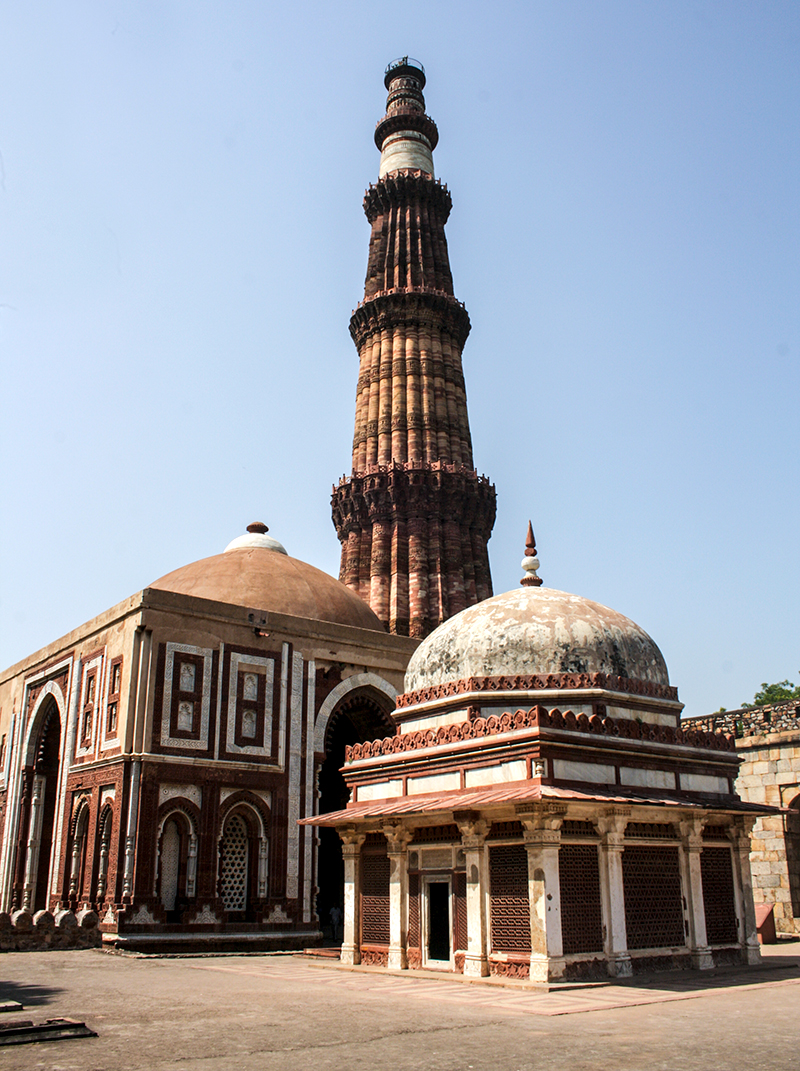Mask of Vaikuntha Vishnu, late 5th century. Learn more about 5th century masks
Designed by 

Medieval Muslim empire covering large portions of present-day India, Pakistan and Bangladesh, ruled by a series of five dynasties — the Mamluks (r. 1206–90), Khiljis (r. 1290–1320), Tughlaqs (r. 1320–1413), Sayyids (r. 1414–51) and Lodis (r. 1451–1526), with the city of Delhi as their capital. Its first ruler was Qutubuddin Aibak (r. 1206–10), a Turkish slave and the governor of Lahore and Delhi under the Ghurid ruler Muhammad Ghori, though the Delhi Sultanate as a hereditary monarchy was established by his successor Iltutmish (r. 1210–36). It reached its territorial peak under Muhammad bin Tughlaq (r. 1325–51). Over three centuries, the Sultanate witnessed the development of the Hindustani language and Indo-Islamic architecture, the iqta system of revenue collection, and the reign of Razia (r. 1236–40), Delhi’s only female Muslim monarch; but the period was also fraught with political instability and violent succession conflicts. The sultan Ibrahim Lodi’s (r. 1517–26) defeat to Babur (r. 1526–30) in 1526 paved the way for Mughal rule.